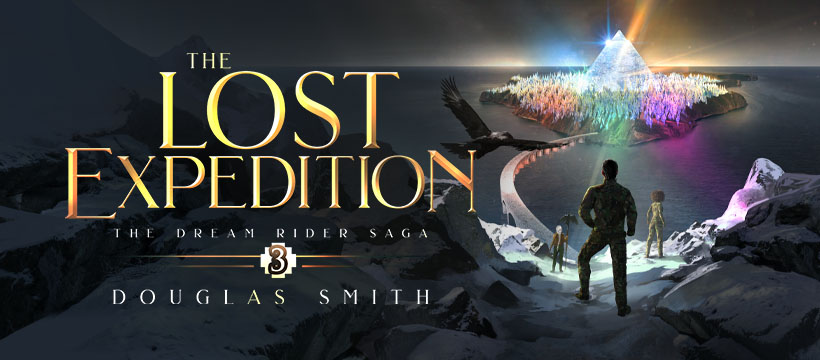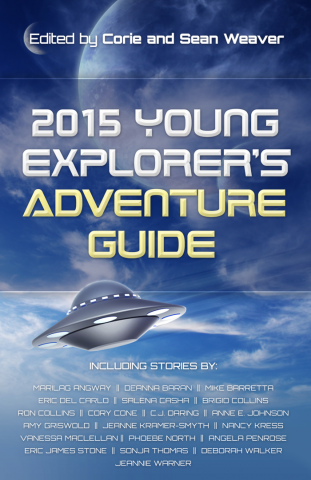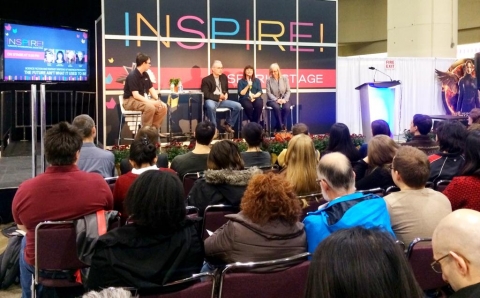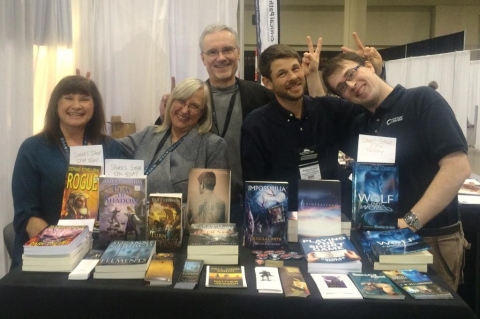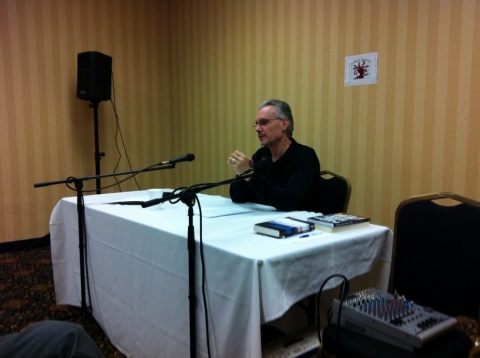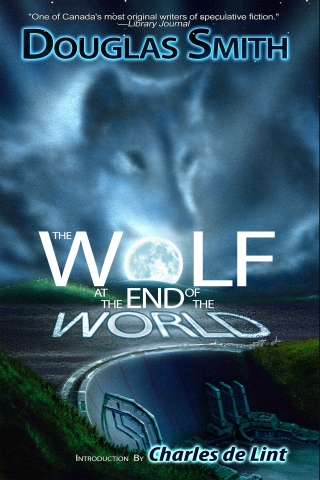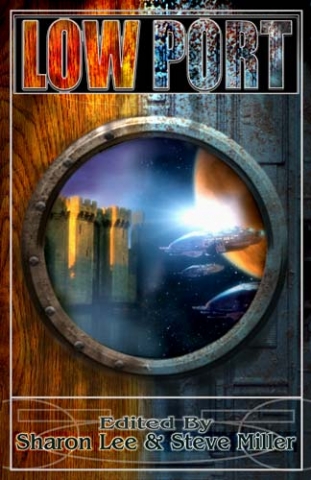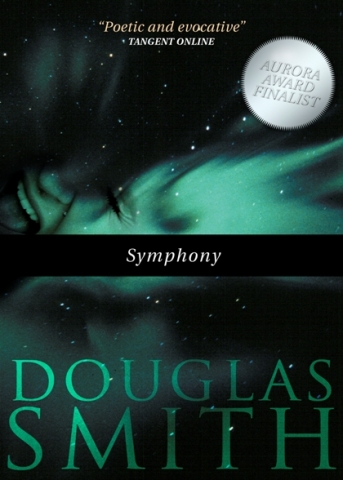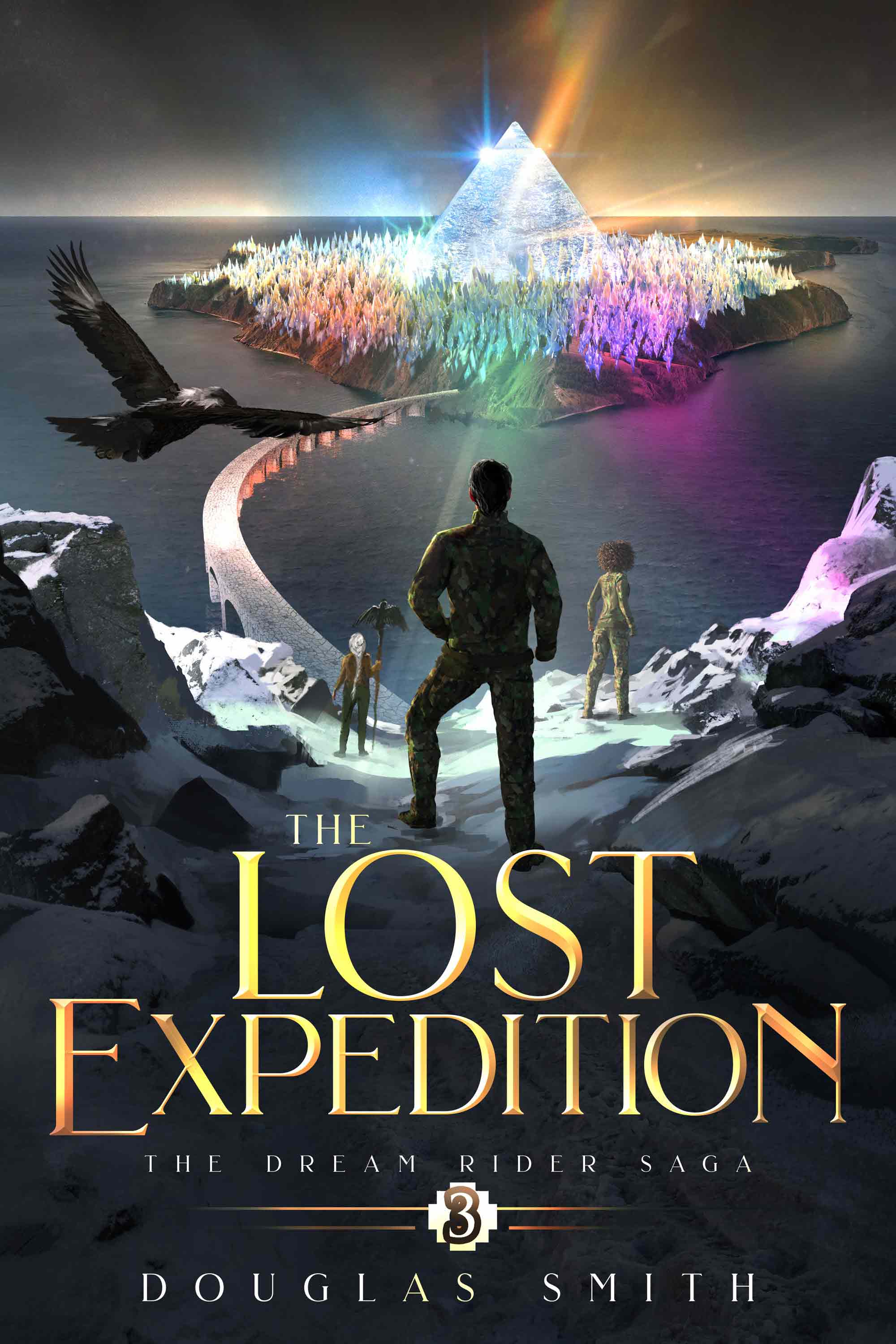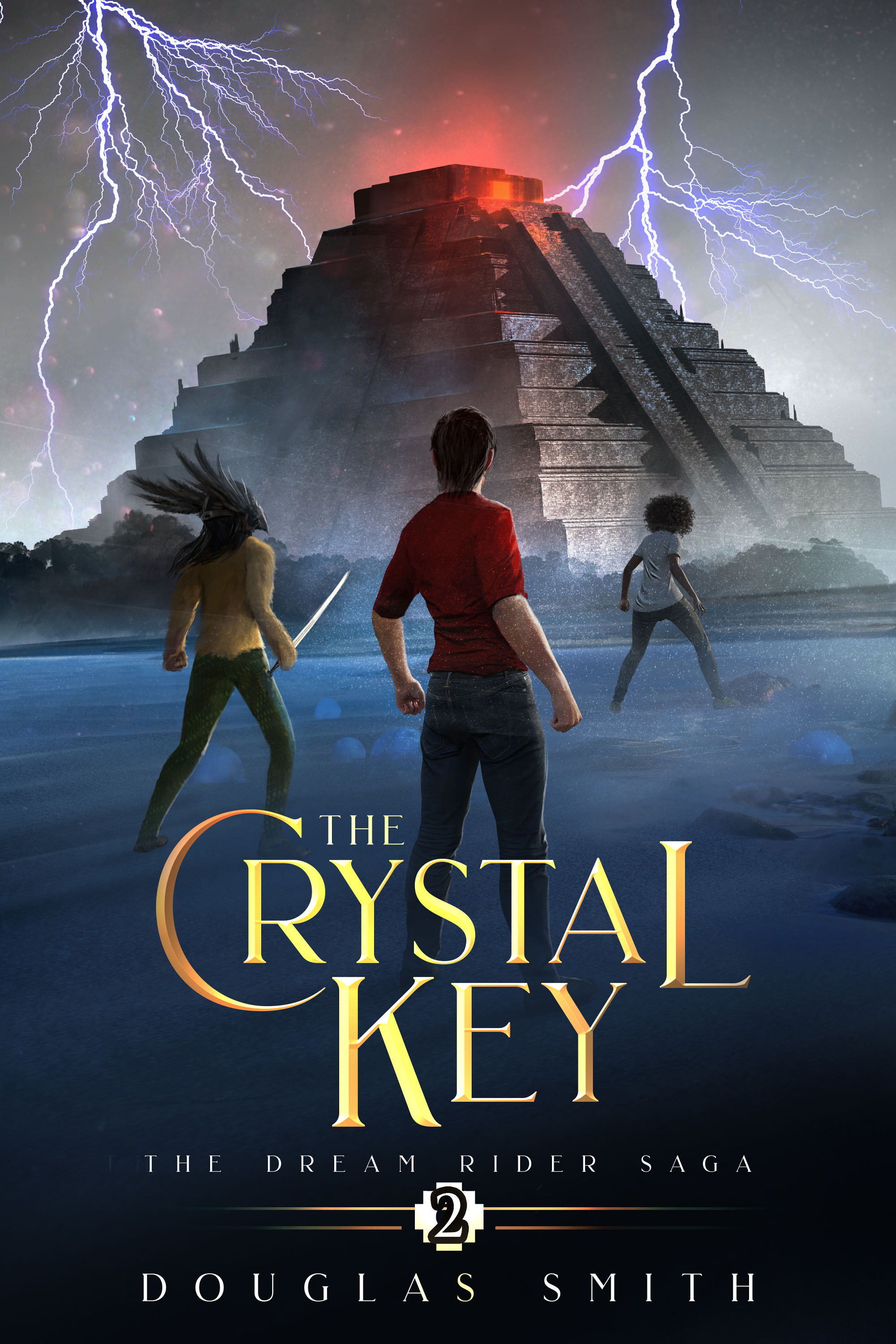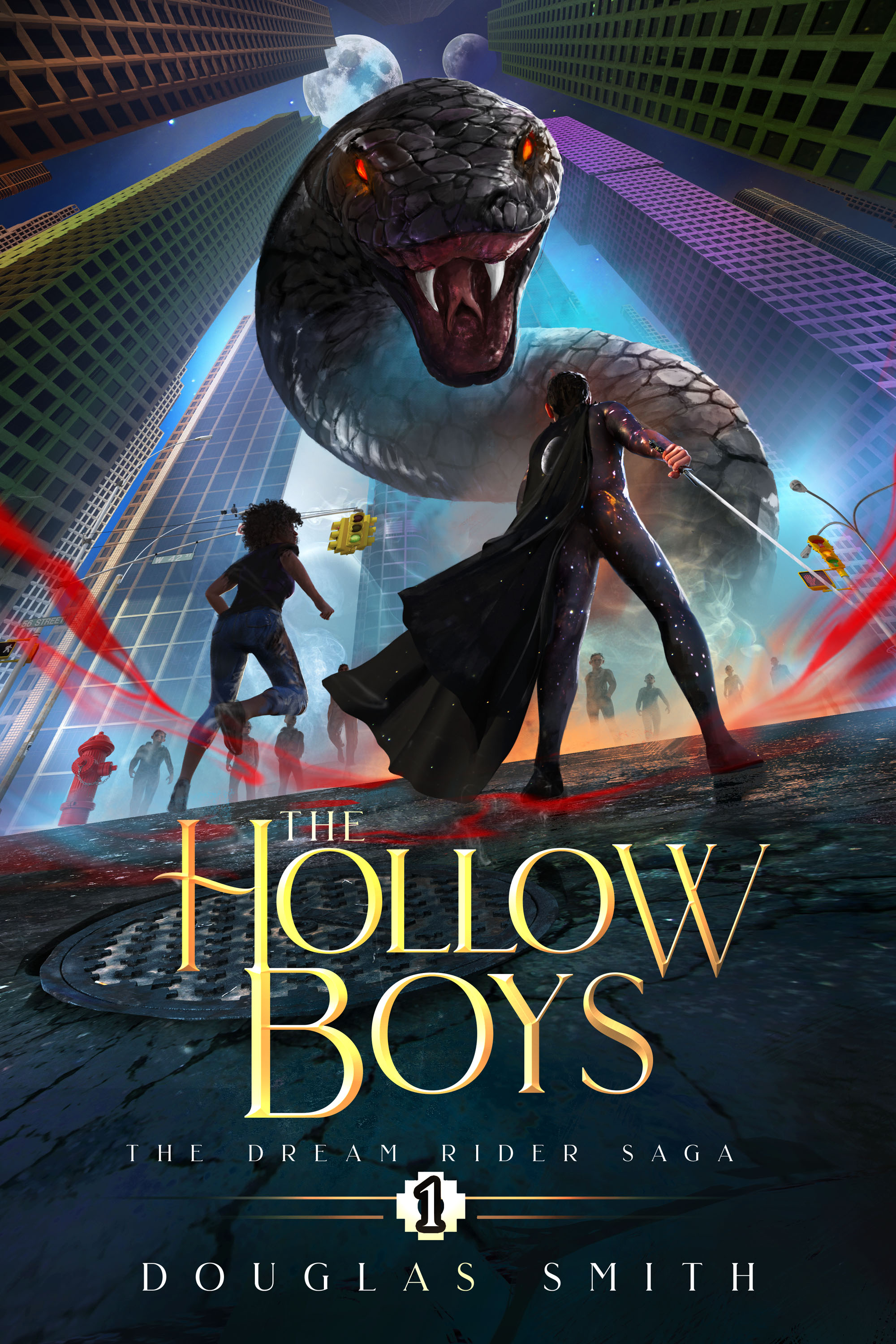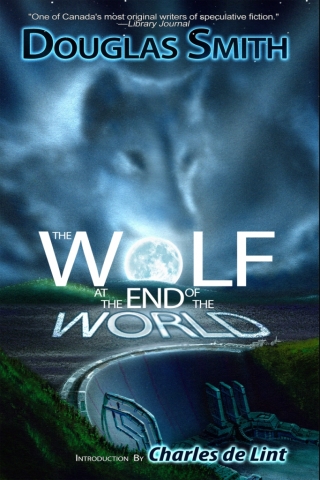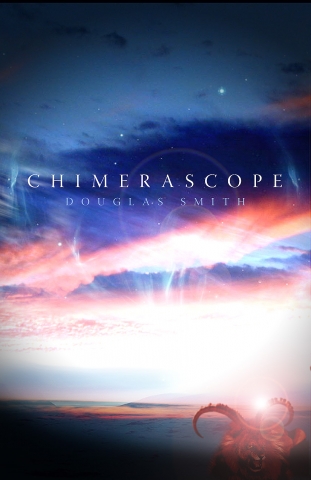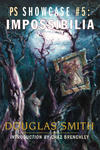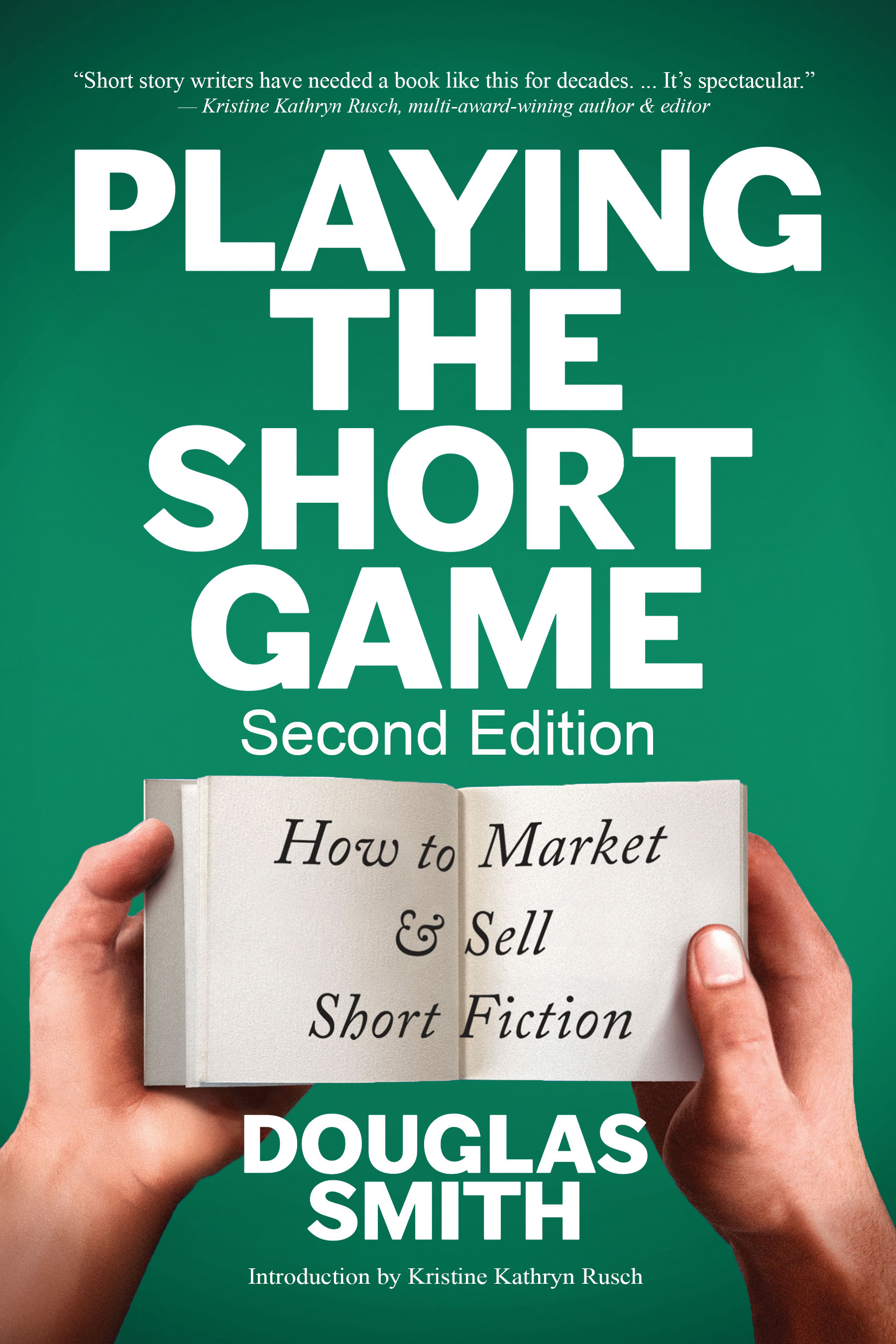A reminder that I’ll be teaching a course this fall at the University of Toronto’s School of Continuing Studies. The course is called "Playing the Short Game: How to Market and Sell Short Fiction." It's part of the certificate program that the U of T offers in their Creative Writing program, but it's a stand-alone course as well, and you don't need to be working towards the certificate.
The course is based on the popular blog series that I did in 2012-2013 for Amazing Stories. My upcoming book, also titled Playing the Short Game, to be released Sept. 1, will form the textbook for the course.
If you write short fiction, this course will teach you how to sell more of what you write and to do it consistently, as well as teach you how to use your short fiction to build a career as a writer.
The course will be taught at UofT's downtown St. George campus, and will run for ten weeks on Wednesdays, from October 1 to December 3. Registration is now open:
Registration link for the course
Even if you aren't interested, if you know of a short story writer in the Toronto area who might be interested, please feel free to forward this information to them.
Course Description
A wealth of courses and books exist to teach you how to write stories. But what happens when you've finished writing? Do you know how to sell what you've written?
In this course, you will learn everything you need to know to sell your short stories to professional markets and to build a career as a short fiction writer.
The Fundamentals: The different types of writers. The benefits of short fiction. Rights and licensing.
Selling Your Stories: Knowing when it's ready. Choosing markets. Submitting stories. Avoiding mistakes. How editors select stories. Dealing with rejections. When to give up on a story.
After a Sale: Contracts. Working with editors. What your first sale means. Dealing with reviews.
A Writer's Magic Bakery: Selling reprints. Foreign markets. Audio markets. Selling a collection. The indie option.
Becoming Established: Leveraging your stories. Discoverability and promotion. Career progression in short fiction.
~~~
I guarantee that this course will give you the knowledge and tools you need to fully understand the business side of being a short fiction writer. I hope to see you this fall.
And here again is the registration link:
Registration link for the course
